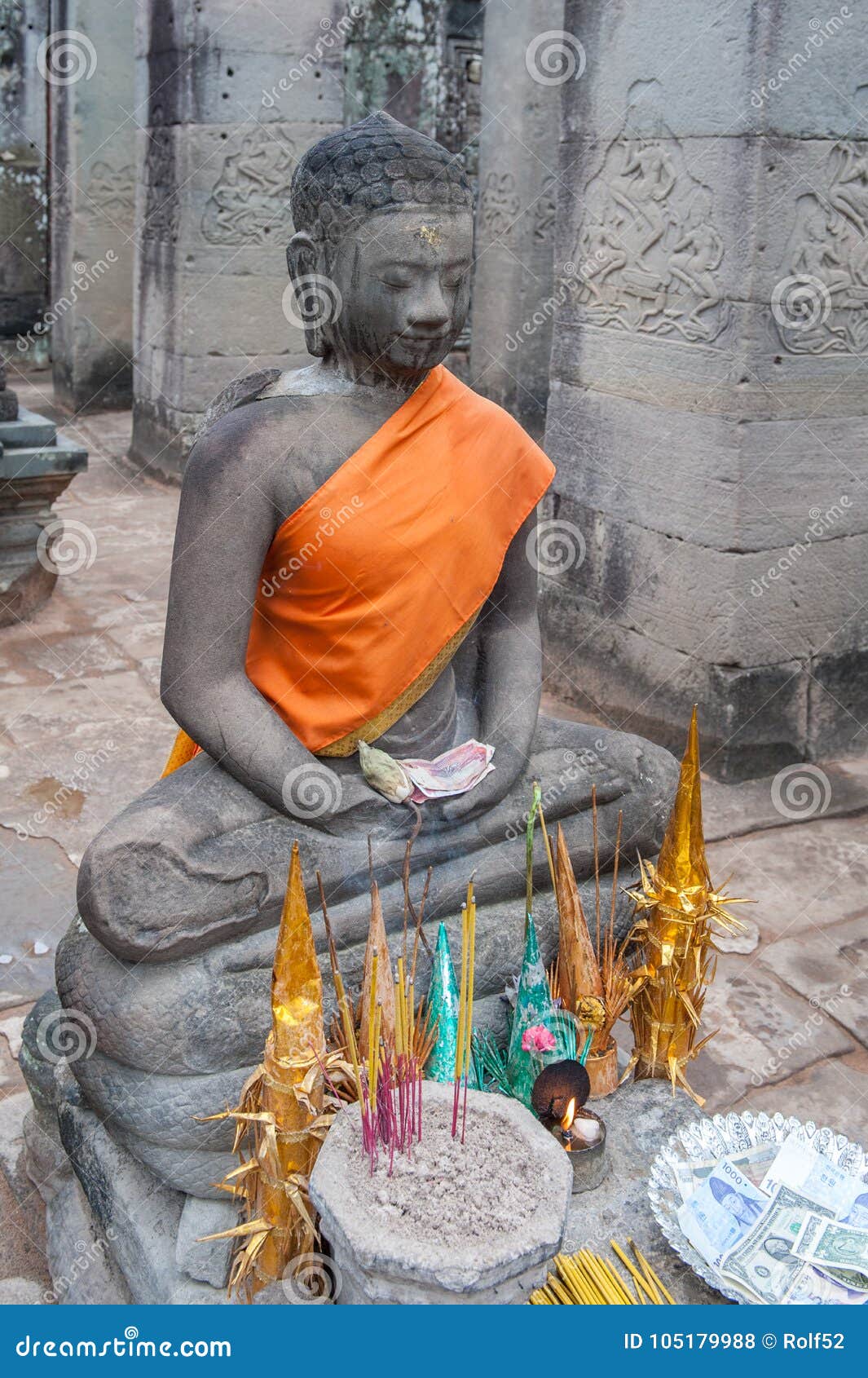

Budai attracted the townspeople around him as he was able to predict people's fortunes and even weather patterns. His figure appears throughout Chinese culture as a representation of both contentment and abundance. He would excitingly entertain the adoring children that followed him and was known for patting his large belly happily. He carries his few possessions in a cloth sack, being poor but content. He is traditionally depicted as a fat, bald monk wearing a simple robe. Hagiography īudai has origins centered around cult worship and local legend. The main textual evidence pointing to Budai resides in a collection of Chan Buddhist monks' biographies known as The Transmission of the Lamp. As he is traditionally depicted as overweight and many stories surrounding Budai involve his love of food and drink, he is also referred to as the " Fat Buddha", especially in the Western world. He is almost always shown smiling or laughing, hence his nickname in Chinese, the " Laughing Buddha".

His jolly nature, humorous personality, and eccentric lifestyle distinguish him from most Buddhist masters or figures.

His name literally means "cloth sack", and refers to the bag that he is conventionally depicted as carrying as he wanders aimlessly. He is said to have lived around the 10th century CE in the Wuyue kingdom. With the spread of Chan Buddhism, he also came to be venerated in Vietnam, Korea, and Japan. Budai ( Chinese: 布袋 pinyin: Bùdài Korean: 포대, romanized: Podae Japanese: 布袋, romanized: Hotei Vietnamese: Bố Đại) was a Chinese monk who is often identified with and venerated as Maitreya Buddha in Chan Buddhism.


 0 kommentar(er)
0 kommentar(er)
